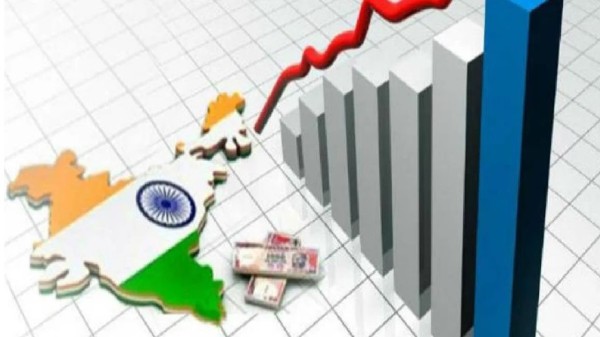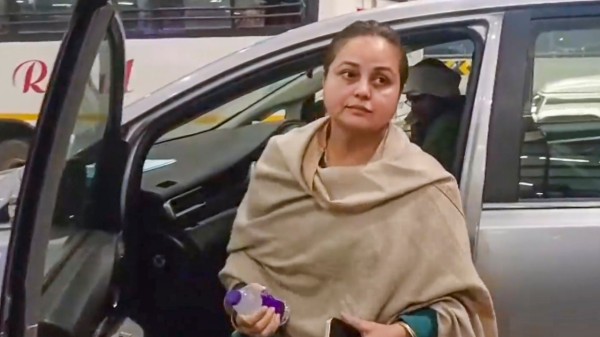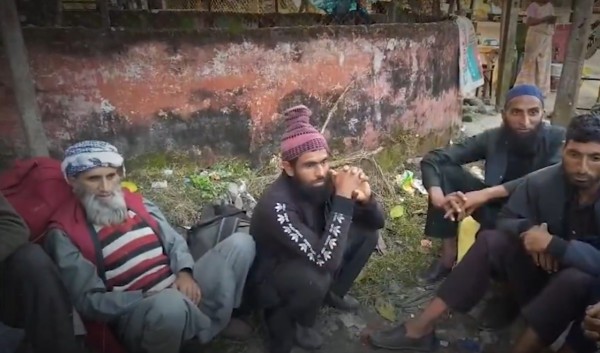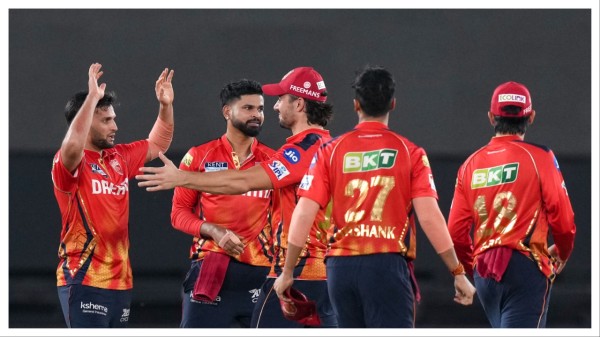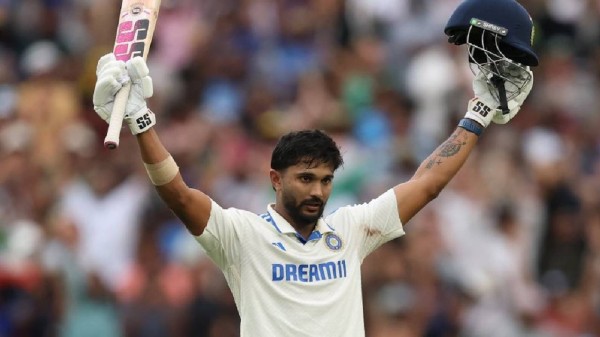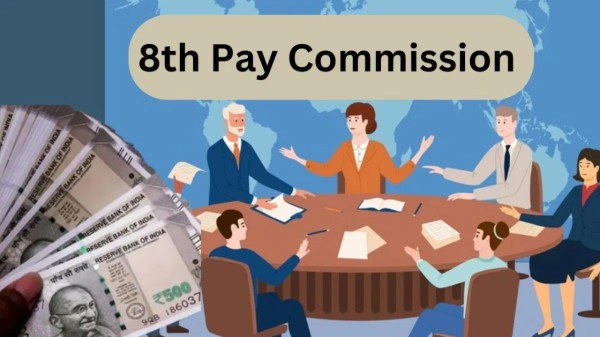

By signing in or creating an account, you agree with Associated Broadcasting Company's Terms & Conditions and Privacy Policy.


By signing in or creating an account, you agree with Associated Broadcasting Company's Terms & Conditions and Privacy Policy.
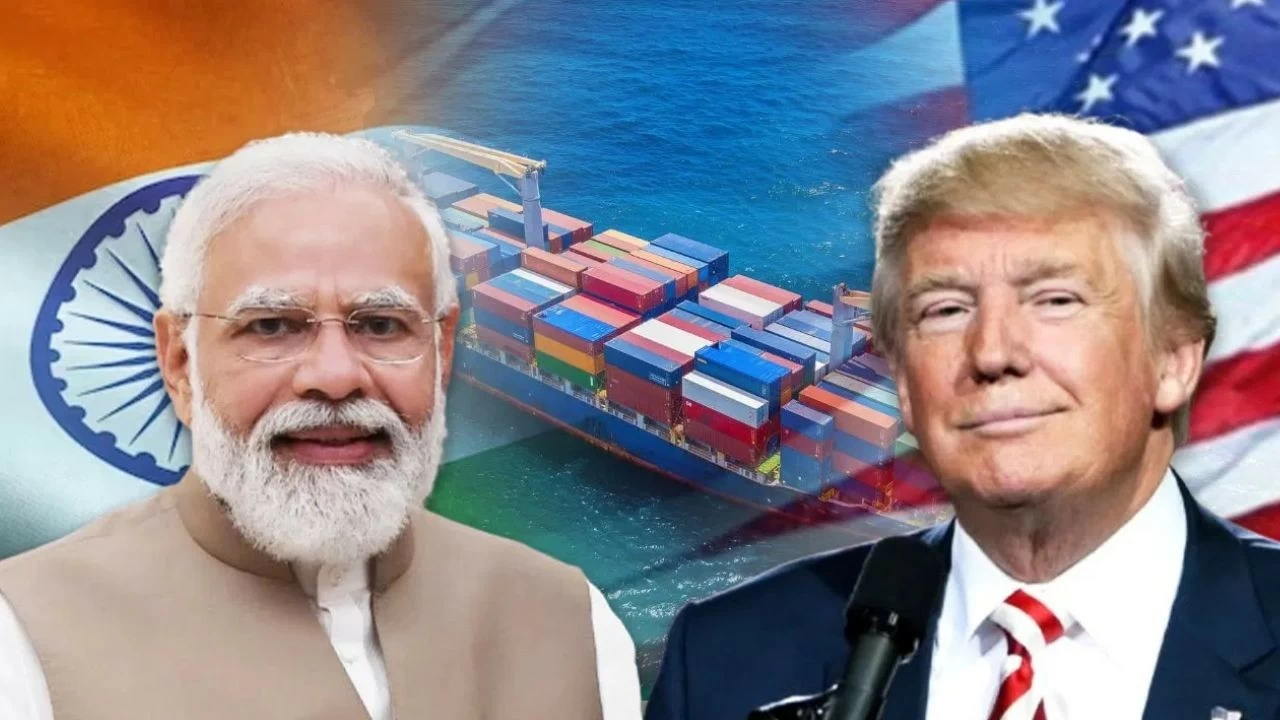
New Delhi: The first phase of the proposed India–US Bilateral Trade Agreement (BTA) is "nearing closure" and will address the 50 per cent tariffs imposed on Indian goods by the Donald Trump administration, news agency PTI reported citing a senior government official. The initial tranche of the agreement will also focus on resolving American market access concerns that have remained a sticking point over the last two years.
The United States currently levies a 25 per cent reciprocal tariff and an additional 25 per cent penalty on Indian products, linked to India's purchase of discounted Russian crude -- which Trump said is being used for Moscow's war in Ukraine. The official said the tariff issue is central to the negotiations and must be resolved in the first tranche, otherwise "the agreement would have no meaning". He added that the part of the package addressing reciprocal tariffs is "more or less near closure" and that an announcement will be made on a mutually agreed date.
"We are engaged with the US on the BTA. It has two parts. One part of the negotiations will take time. The other part is a package which can address reciprocal tariffs. We are working on both aspects. The package that can address reciprocal tariffs is more or less near closure, and we should get it soon," the official said.
India and the US are negotiating the BTA in multiple tranches. So far, six rounds of negotiations have been completed, with both sides aiming to finalise the first tranche by the fall of 2025. A team led by Commerce Secretary Rajesh Agrawal travelled to Washington last month for three days of talks with US counterparts, which ended on October 17. The negotiations come at a time when trade relations between the two countries got strained after the Trump administration imposed a 50 per cent tariff on Indian goods. The move affected India's export competitiveness when comapred to other emerging economies.
The proposed trade pact aims to more than double bilateral trade to USD 500 billion by 2030 from the current USD 191 billion. Washington has been seeking wider market access in India for agricultural and farm-linked products such as almonds, pistachios, apples, ethanol and genetically modified commodities. India, however, insisted that tariff relief must be part of the first phase for the agreement to be meaningful.
Responding to questions about Indian state-run oil companies signing a one-year agreement to import LPG from the United States in 2026, the official clarified that the deal was not part of the trade negotiations. He said the LPG arrangement had been "in the works for a long time" and was part of broader efforts to balance trade with the US, given India's substantial trade surplus.
The United States remained India's largest trading partner for the fourth consecutive year in 2024–25, with bilateral trade worth USD 131.84 billion. It accounted for nearly 18 per cent of India's total goods exports and more than 10 per cent of India's overall merchandise trade. Despite this, India’s merchandise exports to the US fell 11.93 per cent in September due to the high tariffs imposed by Washington, even as imports from the US rose by 11.78 per cent.
